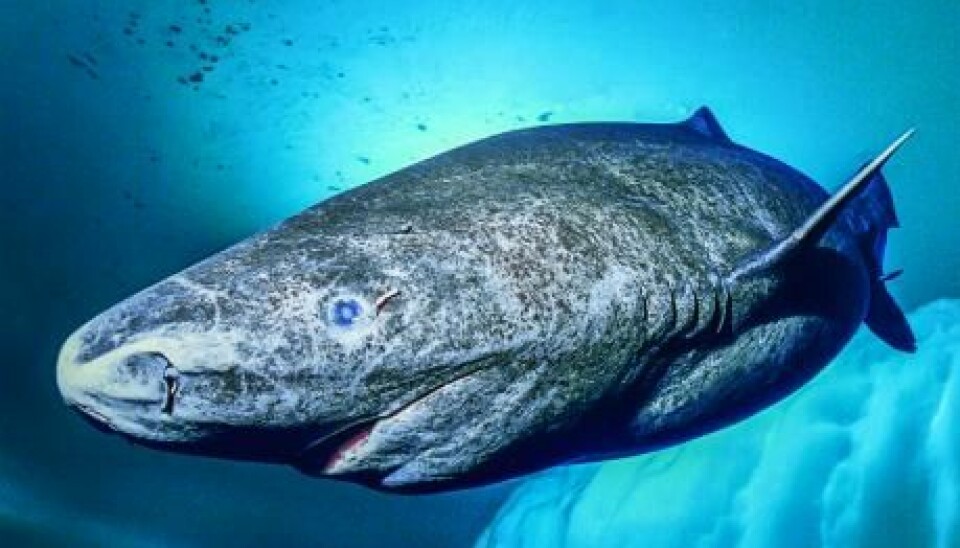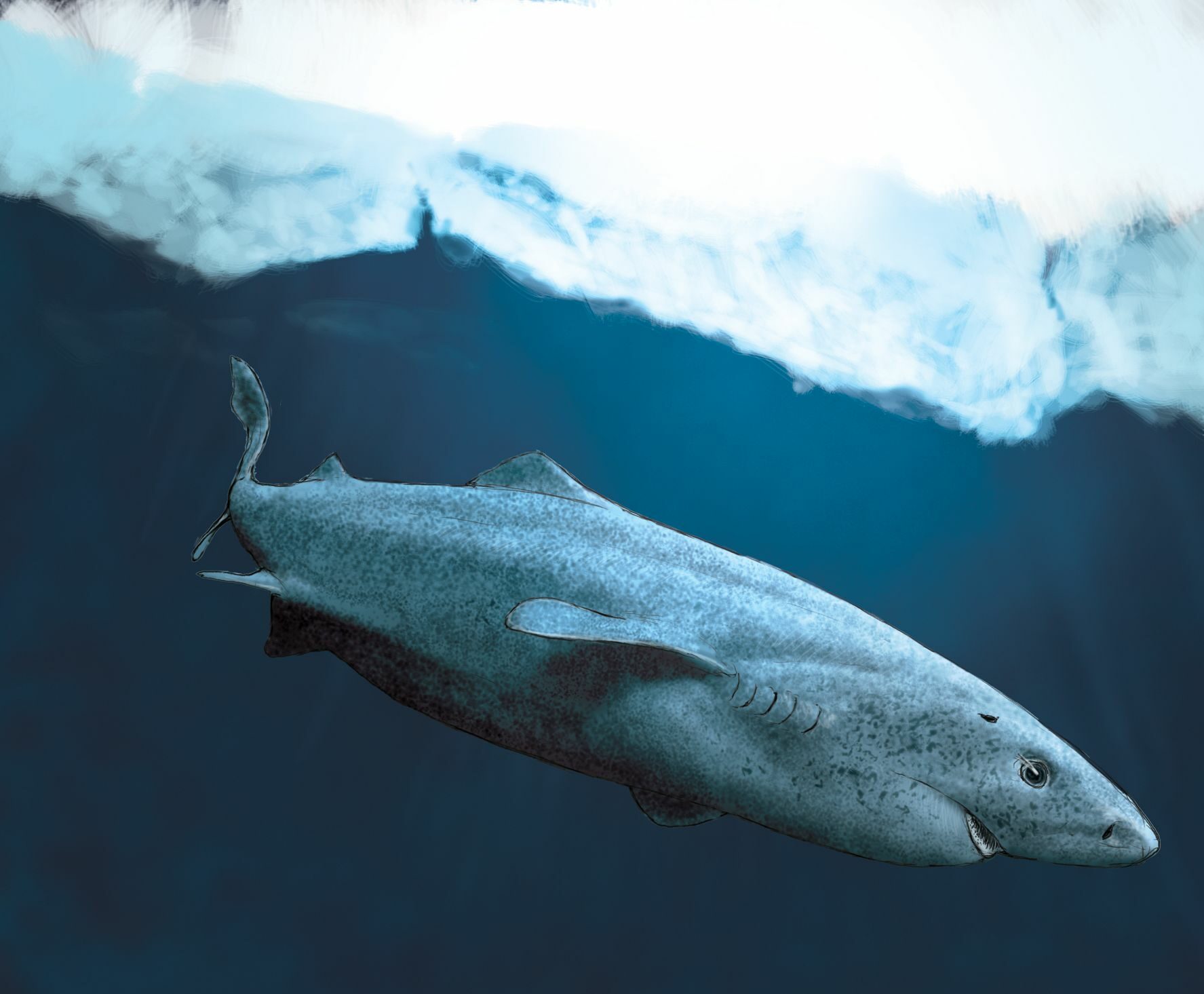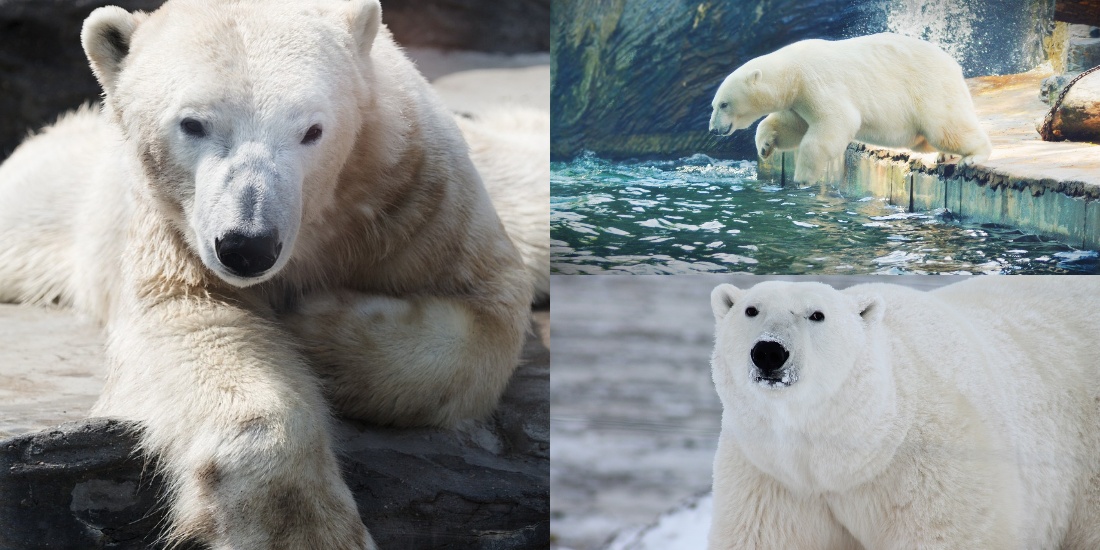The Greenland shark (Somniosus microcephalus) is a captivating and mysterious species that lives in the frigid waters of the Arctic. Due to its slow growth rate, long lifespan, and distinctive adaptations, this shark has become a topic of fascination among both scientists and nature enthusiasts. In this article, we will delve into the intriguing world of the Greenland shark, examining its unique adaptations, life cycle, behavior, and ongoing research efforts to unravel its mysteries.
Greenland sharks are large and robust brutes, known for their intimidating appearance. They retain a thick and elongated body, generally measuring between 4 to 6 measures( 13 to 20 bases) in length. Their skin is generally dark argentine to black, abetting in disguise within the deep waters they inhabit. also, their eyes are small and covered in a cloudy subcaste, making the vision a challenge for this species. One of its most distinctive features is its small, beady eyes, which appear nearly ghostly and have given rise to its surname, the” slumberer shark.”

Greenland sharks are superbly acclimated to survive in frigid Arctic waters. They have a thick layer of fat, known as blubber, that insulates their bodies and helps them maintain buoyancy and conserve heat. also, their blood contains a high attention of urea and trimethylamine oxide, which act as antifreeze agents, enabling the wolf to tolerate subzero temperatures. also, their sluggish metabolism and capability to decelerate their heart rate allow them to conserve energy in the cold wave, nutrient-poor waters.
One of the most astonishing aspects of the Greenland shark is its exceptional life. These harpies hold the distinction of being the longest-living invertebrates on the earth. It isn’t uncommon for them to reach periods of over 200 times, with some individualities estimated to exceed 400 times old. The secret to their dragged lifetime remains a content of ongoing exploration, but it’s believed to be related to their slow metabolic rate and a lack of bloodsuckers in their niche. Their sluggish growth can be attributed to the low metabolic rates that allow them to survive in nutrient-poor surroundings.
The Greenland shark is primarily a scavenger, and its diet consists of a variety of prey particulars. While it’s known to feed on fish, seals, and other marine mammals, it’s also notorious for its unusual feeding geste. In some cases, these harpies have been set up with surprising particulars in their tummies, similar to reindeer, polar bears, tires, and indeed pieces of vessels. This scavenging gesture is allowed to be a result of the limited food coffers available in their terrain.

Greenland sharks are fugitive and infrequently encountered by humans. Their deep-ocean niche and slow swimming speed make them delicate to study. They inhabit depths of over 7,200 bases( 2,200 measures), making them delicate to observe and study directly. Experimenters calculate on styles similar to baited cameras and satellite trailing to gather information about their geste and distribution. Despite recent advancements in technology, the importance of their life cycle, breeding habits, and migration patterns remains unknown.
Due to their remote niche and limited relations with humans, Greenland sharks have largely remained innocent by direct mortal conditioning. still, they can become entangled in fishing gear meant for other species, which poses implicit trouble to their population. Climate change and the melting of Arctic ice may also impact their terrain and prey vacuity, raising enterprises about the future of this ancient species.

In recent times, there has been an increased focus on studying Greenland sharks to better understand their biology and ecology. Experimenters are using innovative ways similar to DNA analysis, stable isotope analysis, and aquatic robotics to gather data without disturbing the sharks. Conservation sweats are also being enforced to cover these mysterious brutes and their fragile Arctic ecosystems.
The Greenland shark continues to allure scientists and nature suckers with its mysterious nature and remarkable acclimations. As experimenters strive to uncover further information about this fugitive critter, it serves as a memorial of the vast and different marine life that exists in our world’s abysses, indeed in the most extreme surroundings. guarding these unique species and their territories is pivotal for maintaining the delicate balance of our earth’s ecosystems.




